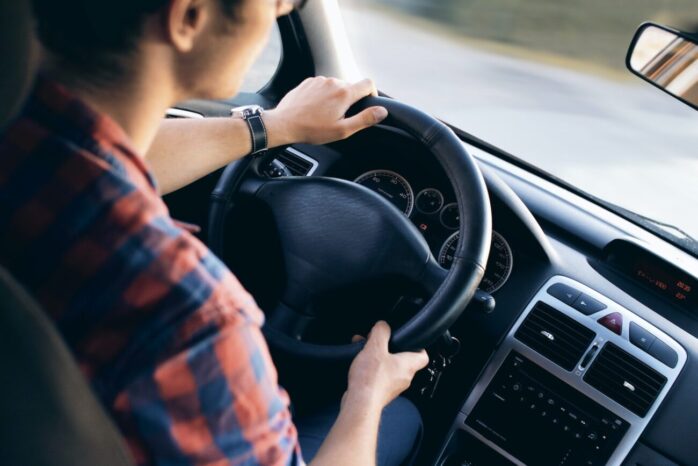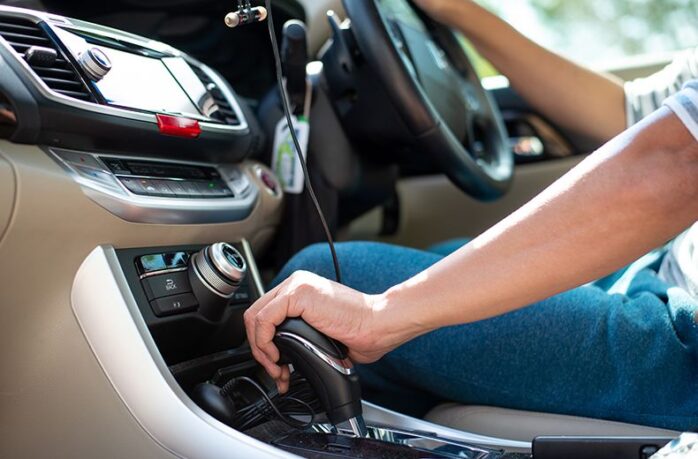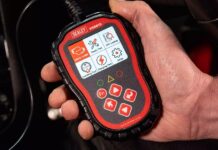
Safe driving is not only a crucial skill but also becomes the responsibility of the driver to prevent accidents on the road. Whether you own a new car or you are a new driver, it is crucial to have in-depth knowledge related to legal policies and safe driving methods.
Thus, instead of following the latest trends you need to prefer the maximum practice for ensuring a safe drive.
Below this, we will highlight 9 essential key considerations to drive safely.
1. Buckle up

It is important to wear your seatbelt before you start driving. This practice serves as a primary line of protection in the unfortunate situation of an accident. Furthermore, whenever you are going to drive, you must avoid distractions such as texting, calling, eating, or talking to other people.
Multiple accidents are linked with distractions and serve as a leading cause of serious consequences. Furthermore, keeping a safe distance from the other vehicles in the back and front of your side can help you to protect yourself from any potential risks.
2. Obey speed limits
Adjustment of your vehicle speed according to the road conditions plays an important role in reducing the chances of unfortunate situations. There are multiple policies and regulations in different countries for different vehicles to adjust the speed according to the road conditions.
It is preferable to check carefully for making a turn and check for blind spots. Staying calm throughout the journey can massively contribute to safe driving.
Thus, instead of driving the vehicle as per your own will in the road you need to follow the traffic rules. This practice can help in the maintenance of the safety of your vehicle and your mental health.
3. Check your Vehicle maintenance

Whenever it comes to the point of driving a vehicle, the very first thing that comes to mind is its optimal performance. For instance, if you have low maintenance of your vehicle, then there are maximum chances of serious consequences.
Thus, to avoid all the related issues you can schedule the regular maintenance of your vehicle from the expert to ensure the easy drive.
Although there are many options available you can prefer to illuminate your path with LED driving lights in Australia for a safe drive.
4. Look for weather conditions
Before stepping towards driving a vehicle, the consideration of weather conditions comes at the top list. In case the weather is likely to get rainy or stormy, you need to take a break and stop driving for a while. This practice serves as a precautionary measure to avoid any unfortunate situation.
You can install various tracking systems, including GPS and security systems, to get the appropriate guidelines related to the map and the safety of your vehicle.
There are multiple software that can assist you in saving your time and money by providing the right directions on the road. They play a functional role in guiding you about the traffic flow and weather situations.
5. Stay Sober and Alert

Avoid Impairment: Driving under the influence of alcohol, drugs, or even certain medications can significantly impair your judgment, reaction times, and overall driving ability. It’s not just illegal but extremely dangerous to yourself and others on the road. Always ensure you are in a sober state before deciding to drive.
Rest Adequately: Fatigue can be just as dangerous as driving under the influence. Ensure you are well-rested before embarking on your journey, especially for long drives. Recognize the signs of fatigue, such as frequent yawning, heavy eyes, and a general feeling of tiredness, and take regular breaks to rest.
6. Master Defensive Driving
Anticipate Others’ Actions: Always be aware of the other drivers around you and anticipate potential mistakes they might make. This can include sudden stops, unexpected lane changes, or any erratic behavior. By anticipating these actions, you can prepare and react safely.
Maintain a Safe Following Distance: Keep a safe distance from the vehicle in front of you. This distance should increase with speed and in adverse weather conditions. A good rule of thumb is the “three-second rule,” which helps ensure you have enough time to react and stop if necessary.
7. Understand Your Vehicle’s Features and Limitations

Know Your Vehicle: Familiarize yourself with your vehicle’s features, including safety features like anti-lock braking systems (ABS), electronic stability control (ESC), and how they aid in driving. Knowing how your vehicle handles in various situations, like braking distances and turning radius, can significantly enhance your driving safety.
Regular Checks and Maintenance: Beyond regular maintenance, periodically check your vehicle’s tire pressure, lights, brakes, and fluid levels to ensure everything is in optimal condition. This can prevent unexpected vehicle failures that might lead to accidents.
8. Adapt to Changing Road Conditions
Be Weather-Wise: Different weather conditions require different approaches to driving. For example, wet or icy roads can dramatically increase stopping distances and reduce tire grip. Adjust your speed accordingly and use your headlights to increase visibility.
Road Surface Awareness: Be mindful of the road’s condition. Potholes, uneven surfaces, or debris can cause you to lose control of your vehicle. Slow down when you encounter such conditions, and avoid sudden maneuvers.
9. Use Technology Wisely

Leverage Navigation Tools: Use GPS and other navigation tools to plan your route in advance, avoiding high-traffic areas and known construction zones. This can reduce the likelihood of stressful situations that might lead to risky driving behavior.
Limit Distractions: While technology can be a great aid, it can also be a significant distraction. Set your navigation and music before you start driving. If you must change something, pull over safely or use voice commands. Never text or browse on your phone while driving.
Incorporating these additional considerations into your driving habits can significantly enhance your safety on the road, along with the safety of others.








